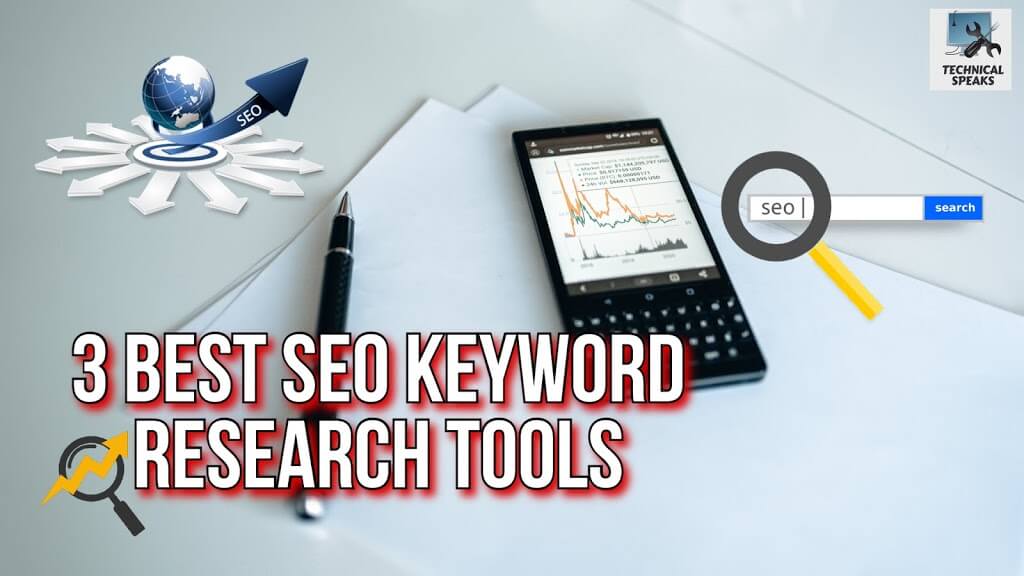Email marketing may seem archaic in the era of social media, chatbots, and video marketing. The fact is, however, that email marketing is still among the most effective, economical, and dependable digital marketing techniques out there.
Email marketing enables you to establish a direct line of communication with your audience, generate steady sales, and cultivate client loyalty, regardless of your company’s size.
Everything you need to know about email marketing will be covered in this comprehensive guide, including:
- The definition of email marketing and its importance
- The main advantages of email marketing
- Email marketing campaign types
- The best methods for developing successful email campaigns
- Platforms and tools to utilize
- Typical errors to avoid
Let’s get started!
Email Marketing: What Is It?
A digital marketing tactic called email marketing makes use of emails to interact with clients and potential clients. It entails delivering audience-specific, tailored messages to:
- Increase awareness of your brand
- Advertise goods or services
- Distribute worthwhile content
- Develop client relationships and nurture leads.
Email marketing provides you with direct access to your audience’s inbox, unlike social media platforms where visibility is determined by algorithms. Because of this, it’s among the most dependable ways to interact with clients.
To put it simply, email marketing is about sending the appropriate message to the appropriate recipients at the appropriate moment.
What Makes Email Marketing Vital?
- High Return on Investment (ROI)
Industry studies show that businesses typically make between $36 and $42 for every $1 invested in email marketing. - Straightforward and Individual
Emails can be tailored to a subscriber’s interests, unlike advertisements, which can come across as invasive. - Creates Powerful Connections
Email improves customer lifetime value, fosters trust, and keeps your audience interested. - Measurable Outcomes
You can optimize campaigns by tracking open rates, click-through rates, and conversions with email marketing tools. - Economical
Email is ideal for both small and large businesses because it is comparatively less expensive than paid advertisements.
Email Marketing Campaign Types
Sending newsletters is only one aspect of email marketing. Campaigns of various kinds are created to achieve various objectives.
- Greeting emails
sent as a brand introduction to new subscribers.
For instance: “Welcome to our community! Get 10% off your first purchase. - Newsletters
frequent updates regarding your company, goods, or content.
For instance, industry news or weekly blog roundups. - Emails for Promotion
centered on sales, discounts, or the introduction of new products.
“Flash Sale – 30% Off Today Only!” is an example. - Emails used for transactions
sent following a particular customer action.
For instance, password resets, shipping updates, or order confirmations. - Behavioral Emails
caused by the actions of the user.
Examples include product recommendations or emails about abandoned carts. - Emails for Re-engagement
sent to inactive subscribers in an attempt to reactivate them.
For instance: “You are missed! This is a unique offer made just for you. - Invitations to Events
Advertise workshops, conferences, or webinars.
👉 For optimal engagement, a successful email strategy frequently blends several campaign types.
What Is the Process of Email Marketing?
There are four steps in the email marketing process:
- Create an Email List
Use website pop-ups, lead magnets (such as free eBooks, checklists, or webinars), and signup forms to get email addresses. - Divide Up the Audience
For more individualized targeting, break up your list into smaller groups according to demographics, hobbies, or habits. - Make and Send Content
Compose captivating headlines, interesting content, and unambiguous calls to action (CTAs). - Examine and Improve
To improve subsequent campaigns, use metrics such as conversions, click-through rate (CTR), and open rate.
The advantages of email marketing
- Boosts Conversions and Sales
Subscribers are encouraged to purchase through promotional campaigns and tailored offers. - Increases the Authority of Your Brand
By sharing insightful information, you establish your brand as an authority in the field. - Enhances Client Loyalty
Maintaining regular communication keeps your brand at the forefront of consumers’ minds and fosters trust. - Time Is Saved by Automation
Automated campaigns that run automatically are made possible by programs like Mailchimp and ConvertKit. - scalable
You can scale campaigns without incurring significant additional costs, regardless of the size of your subscriber base—100,000 or 100,000.
Top Techniques for Successful Email Marketing
Use these tried-and-true tactics if you want your campaigns to be successful:
- Create a High-Quality Email List
Rather than purchasing email lists, concentrate on organic growth.
Make use of discounts or free resources as sign-up incentives. - Customize Your Emails
Make use of the subscriber’s name.
Provide content that is specific to your interests or past purchases. - Craft Eye-Catching Subject Lines
Keep it interesting and brief.
For instance: “Today is your last chance to save 30%!” - Make Mobile Device Optimization
Smartphones are used to open more than 60% of emails.
Make use of brief paragraphs and mobile-friendly templates. - Include a clear call to action (CTA).
Point subscribers to a single action (such as “Read More” or “Shop Now”). - Divide Up Your Audience
Make groups such as “newsletter-only subscribers,” “first-time buyers,” or “repeat customers.”
Deliver pertinent messages to each group. - Measure and Test (A/B Testing)
To determine what works best, test CTAs, send times, and subject lines. - When feasible, automate
It is possible to automate birthday emails, abandoned cart notifications, and welcome series.
Email Marketing Tools
A number of tools that provide analytics, templates, and automation make email marketing simpler.
- Mailchimp: Excellent for novices, offering free plans and automation.
- ConvertKit: is well-liked by bloggers and creators.
- HubSpot: Integrated email marketing and advanced CRM.
- Continuous Communication: Perfect for small enterprises.
- ActiveCampaign: Great for personalization and automation.
Typical Errors in Email Marketing to Avoid
- Purchasing email lists can damage your sender reputation and result in low engagement.
- Overloading Subscribers: Excessive email sending may result in unsubscribes.
- Ignoring Mobile Optimization: Emails with poor formatting reduce engagement.
- Absence of Personalization: Audiences are not engaged by generic emails.
- Weak Subject Lines: Your email won’t even be opened if the subject line isn’t attention-grabbing.
- Not Monitoring Results: You cannot enhance your campaigns without analytics.
Assessing the Performance of Email Marketing
To assess your campaigns, monitor these key performance indicators (KPIs):
- The percentage of people who open your email is known as the open rate.
- The percentage of people who clicked on a link in your email is known as the Click-Through Rate (CTR).
- The percentage of people who finished a desired action (purchase, signup) is known as the conversion rate.
- The percentage of emails that are not delivered is known as the bounce rate.
- The percentage of people who chose to unsubscribe from your list is known as the Unsubscribe Rate.
👉 Tracking these metrics enables you to optimize ROI and enhance subsequent campaigns.
Email Marketing’s Future (2025 and Beyond)
Email marketing is changing in tandem with consumer behavior and technology. Among the major trends are:
- AI and machine learning: more intelligent automation and personalization.
- Including surveys, polls, and videos straight into emails is known as interactive emailing.
- Hyper-Personalization: Using sophisticated data analytics to create content that is specifically tailored.
- Privacy and Data Protection: It’s more crucial than ever to protect subscriber privacy in light of laws like the GDPR.
Concluding remarks
Email marketing is still very much alive and well. It is still a vital tool for companies of all sizes because of its high return on investment, personalization potential, and capacity to foster enduring client relationships.
To be successful, concentrate on:
- Creating a robust, natural email list
- Creating meaningful, customized messages
- dividing up your audience
- Making good use of automation
- Testing and improving continuously
You can make email marketing one of your most effective digital marketing tools by following these steps.








